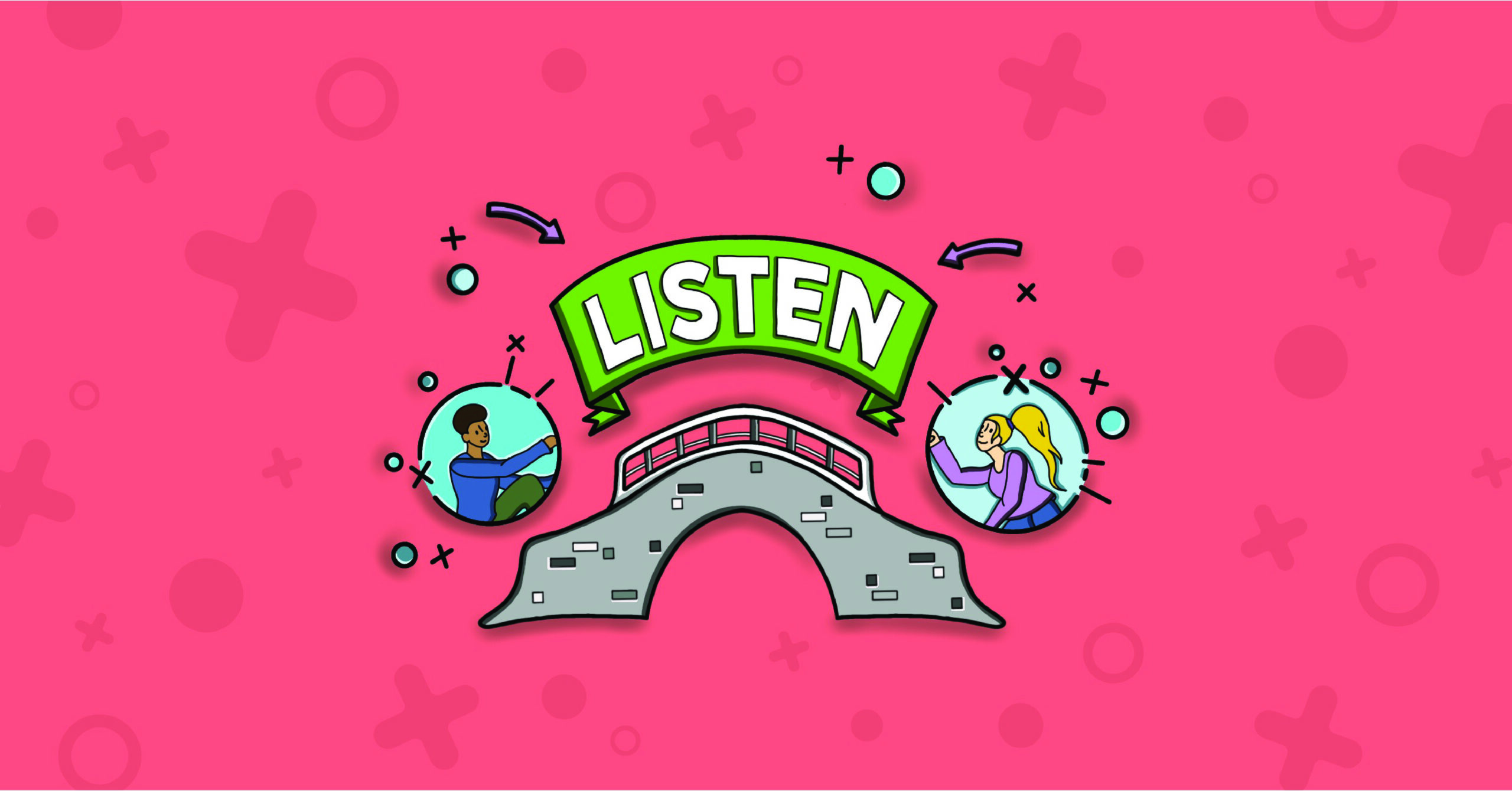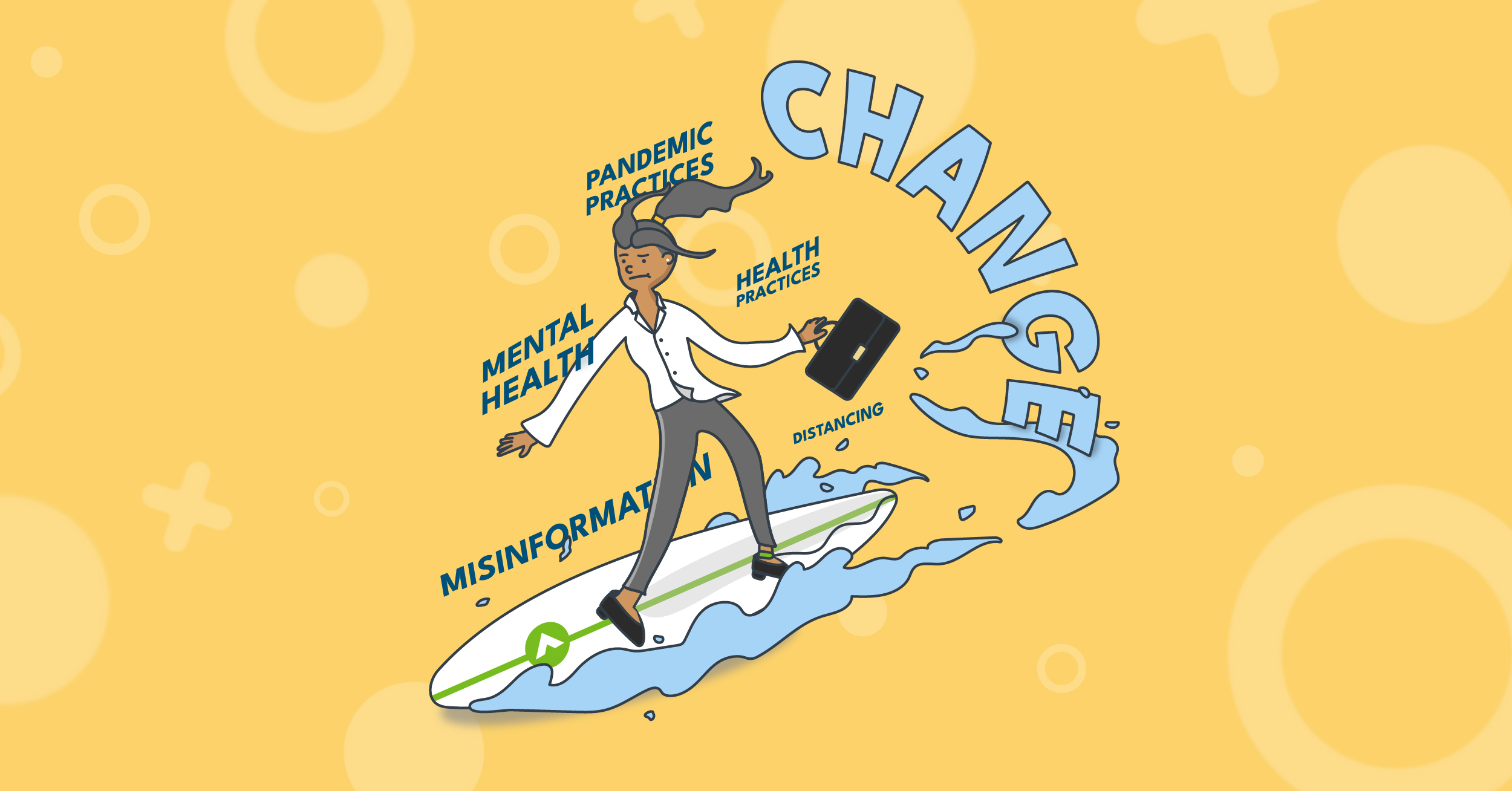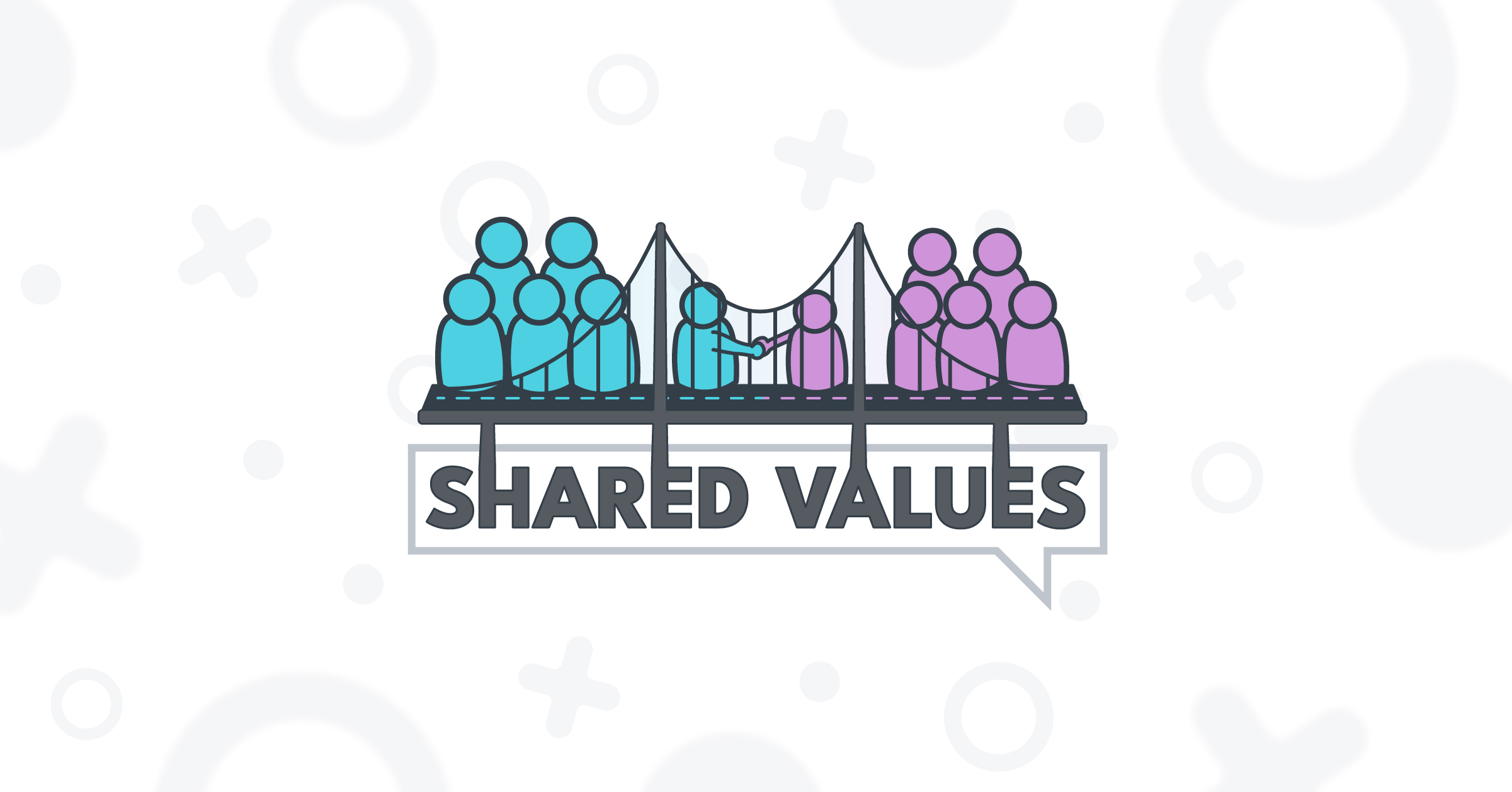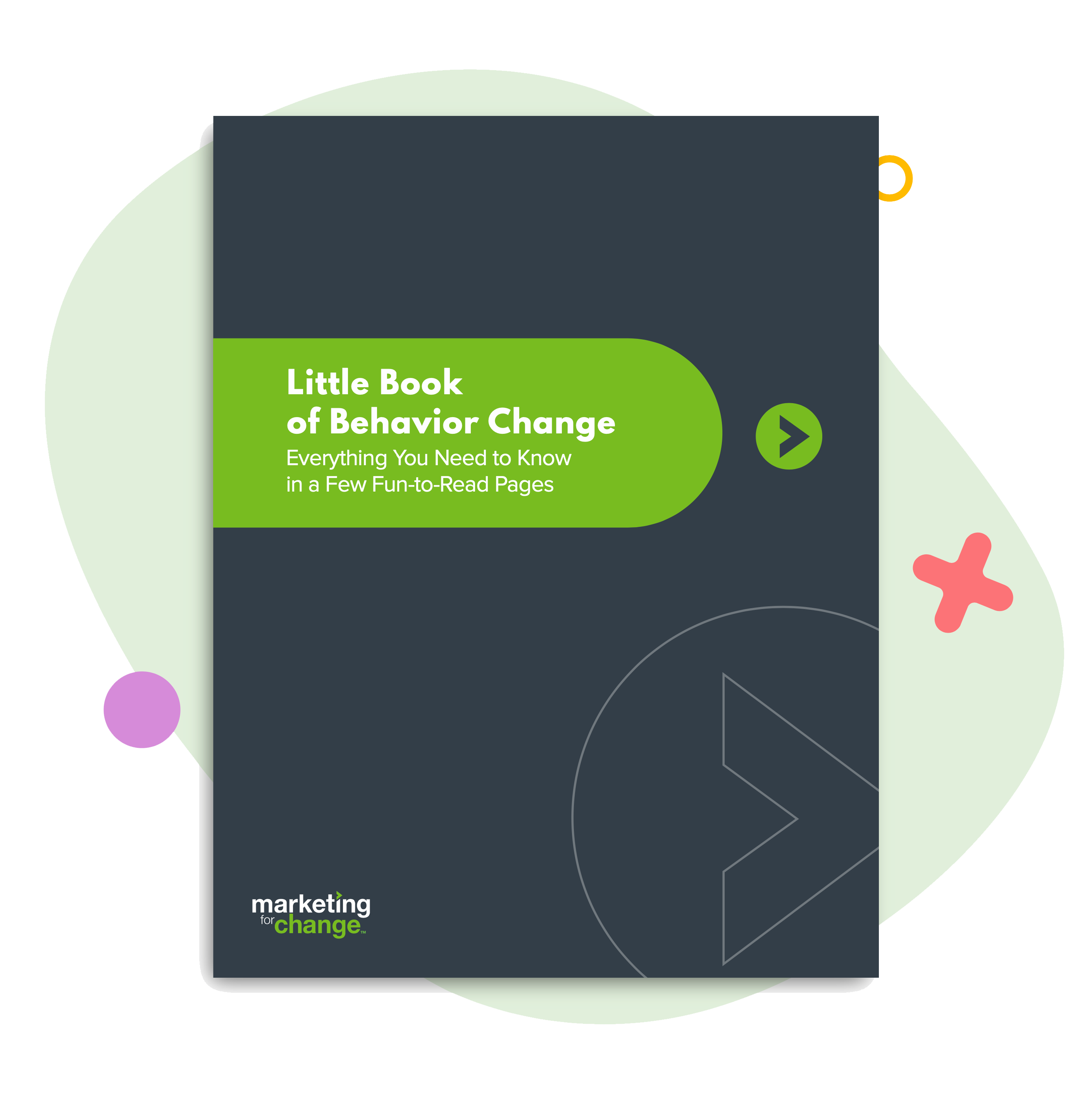
You Really Don’t Know
Next time you catch yourself saying, “I know you [think / feel / believe] that …, ” reel yourself back.
Because what comes next? “But …”
“I know you …” states your understanding of a person’s thoughts or feelings as a prelude for refuting their position.
You’re not trying to know them. You’re getting ready to tell them they are wrong.
What you “know” is very likely missing an important nuance or perhaps is completely off the mark. And now the other person is defensive and likely pissed off.
Because it is also deeply dismissive.
How to listen aggressively
I had the privilege of attending the Council on Foundations’ Building Together conference a few weeks ago. Building Together offered several days of skill building for working across differences in our increasingly polarized world.
One key technique is aggressive listening. This doesn’t mean you are aggressive or pushy. In fact, it requires humility, curiosity and a willingness to lower your own defenses.
You ask carefully structured questions to do your best to fully understand a person’s thoughts and feelings behind a position they have taken — setting aside whether you agree or disagree.
It goes beyond active listening or motivational interviewing, where you simply repeat back what a person says.
The nonprofit Resetting the Table calls it “getting to the bull’s-eye.” You restate your understanding of a person’s position in your own words. And you don’t start with “I know you …” You begin by saying, “Let me see if I get it.”
Let me see if I get you. Let me see if I see you.
Getting beyond ‘but they are wrong’
“Bridging,” as this depolarization work is now often called, is not easy. Easy is staying inside our bubbles where we don’t have to delve into the deep feelings and past experiences that drive our values, beliefs and behaviors.
Easy is dismissing the “other side” as stupid and misinformed, instead of people with a shared humanity and differing perspectives — perspectives that are often much more nuanced than the black-and-white boxes we put them into based on what we “know.”
In one conference workshop, a facilitator from the bipartisan depolarization group Braver Angels was teaching how to recognize and defuse loaded right-left terminology so you can move toward a deeper understanding.
To practice, we discussed the controversial topic of supporting public benefits (left) versus relying on private charity (right).
One participant asked, “but how can I understand them when they are wrong?”
Importantly, depolarization is not about trying to achieve consensus, which implies someone will have to compromise. Someone will have to be “wrong.”
Instead, it’s about truly listening without sacrificing your own values or beliefs. If both sides listen, we may be able to work toward shared solutions rather than getting stuck trying to change one another’s minds.
I’m right. You’re wrong. There’s an argument that will eat its own tail.
Depolarization starts inside of you
When I say this is deep work, I mean deep inside of you.
To open yourself to radical understanding of an opposing position means you also have to be open to examining yourself.
It shouldn’t be a surprise, but having other people try to aggressively understand your position on a topic can lead to surprising insights into why you think what you think.
In a Resetting the Table small-group exercise, I found that others’ aggressive listening helped me more fully articulate my position on trigger warnings in the classroom for the first time, even to myself.
And practicing radical listening of others in my group helped me understand how they landed where they did. They weren’t trying to change my mind. Nonetheless, it led me to modulate my approach.
It’s worth repeating: this is not easy work
Bridging is not therapy — in fact, facilitators cautioned about delving too deeply. Bridging is about understanding, not excavation.
You want to be careful of the “afterburn” of a conversation. Will the other person feel heard — or exposed?
But as you examine topics you are passionate about, there are inevitably deep emotions — emotions we may not be fully cognizant of — driving how we think, believe and behave.
In a facilitated dinner conversation about moments of shift, one participant found herself in tears, saying, “I don’t know why I’m crying.” An executive shared a time he confessed a deep insecurity to his wife and the wash of relief when she didn’t give advice or problem solve. She just listened.
A gay married woman talked about striking up an unexpected friendship with an evangelical man she met through her work. The evangelical posts anti-gay positions on social media — but in person, they click. She doesn’t know how to unpack that.
Even without excavating, the emotions that arise during bridging can be surprising and difficult to articulate. That probably means you’re on the right track.
The need to be seen
Too often, we listen not to understand, but to respond. To tell our own story. To counter an argument. To judge.
It is part of the human condition to be stuck inside our own heads, alone with our thoughts.
But it is also part of the human condition to need other people.
After three days of hard work at Building Together, my main takeaway was this: People need to be seen. They need to feel visible, valued, connected.
And in today’s divided world, we need to work harder to see.

Sara Isaac is the agency’s chief strategist.





